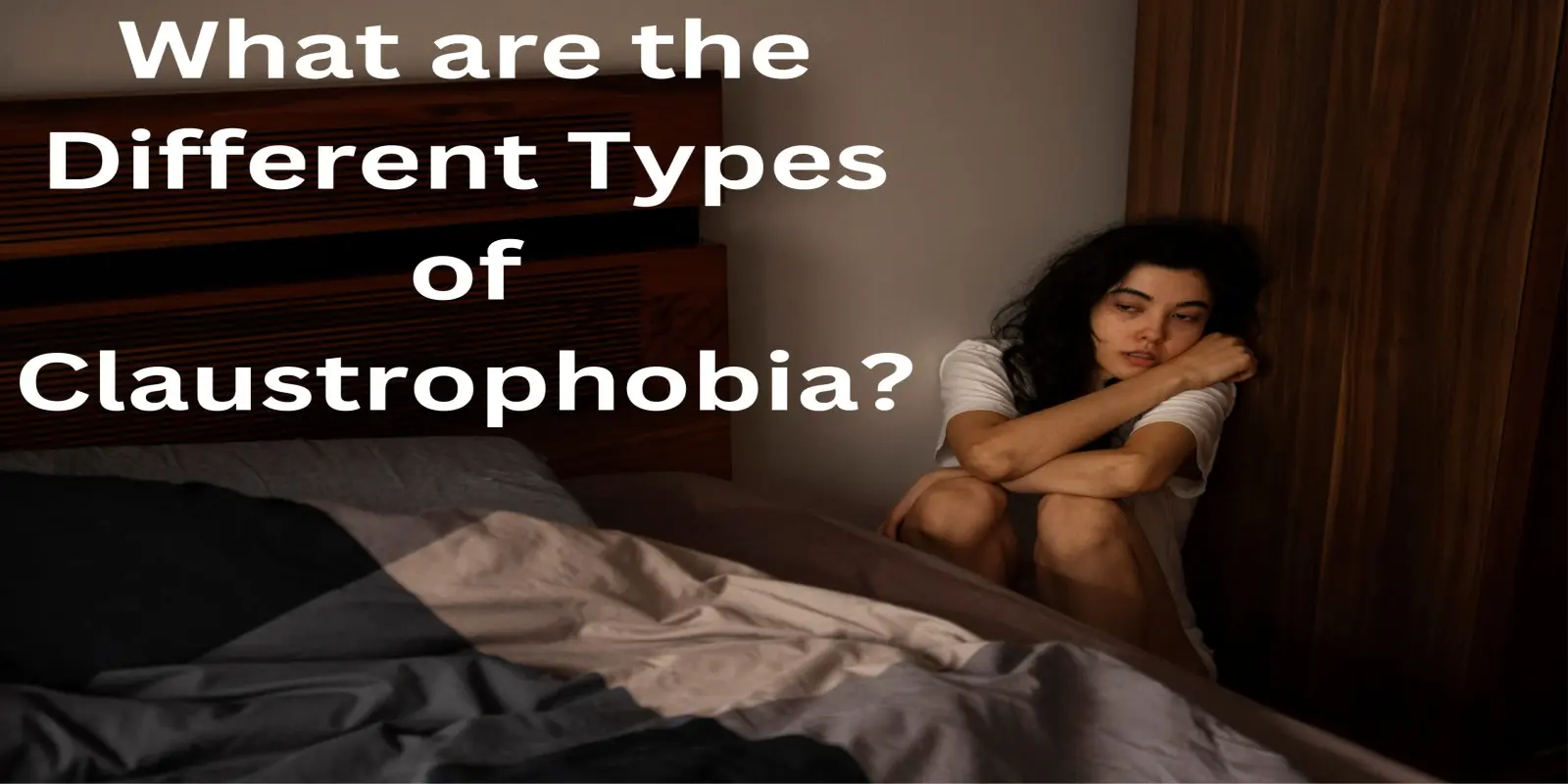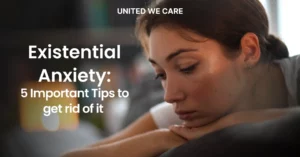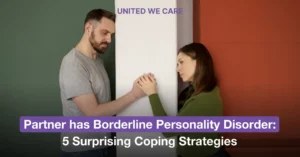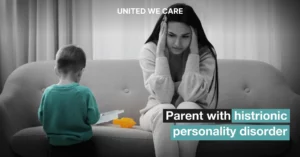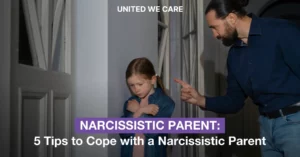Introduction
Claustrophobia is a mental health condition characterized by a fear of closed spaces. However, various people experience different types of claustrophobia. Typically, people’s understanding of claustrophobia tends to be limited.
For instance, people might know that small spaces like elevators and airplane bathrooms may cause anxiety for some folks. But they may not know that a person can even feel claustrophobic in a large space if movements are restricted.
Therefore, this article will inform readers of the various types of claustrophobia. This new information can aid one in understanding their issues more deeply and finding the appropriate support required.
What are the Different Types of Claustrophobia?
Interestingly, researchers have established that there are several dimensions to claustrophobia that impact symptom manifestation [1]. In this section, we will explore some of the different types of claustrophobia.

Claustrophobia Caused by Fear of Limited Movement
Firstly, claustrophobia can be categorized as the fear of limited movement. Restricting someone’s movement can be a scary experience for them, especially if they have memories of feeling helpless or stuck in situations of danger.
The memory is stored in their bodies as trauma. Each time they feel like they cannot move, they tend to relive the terror. Naturally, small spaces limit a person’s ability to move. But the same can happen in larger spaces if it’s crowded or if they’re in a position that restricts movement.
Claustrophobia Caused by Fear of Being Enclosed
Secondly, claustrophobia can also manifest as the fear of being closed off in space. Understandably, this is exacerbated if the space is small in area. Nevertheless, even a bigger space may trigger this if all exits and windows are shut tight.
Furthermore, it can also occur when the claustrophobic individual is wrapped in an object or fabric. The feeling of encasement can be disturbingly unpleasant when you have this type of claustrophobia.
Claustrophobia Caused by Fear of Breathing Difficulty
So far, we have talked about spaces and their qualities to categorize claustrophobia. Additionally, claustrophobia can manifest even due to aspects beyond the space a person is present in.
This type of claustrophobia is understood by the trigger of not being able to breathe. Sometimes, due to the air quality or some obstacle to normal respiration, a person might start displaying claustrophobia symptoms.
Claustrophobia Caused by Fear of Loss of Control
More on that note, claustrophobia can be caused purely by intrinsic factors and has nothing to do with the environment. In particular, claustrophobia caused by the fear of loss of control is such a condition.
In some individuals, due to a complex history of adversity and possibly prenatal trauma, perceived loss of control can be catastrophic. Claustrophobic symptoms may show up even if the loss of control is only imagined.
Claustrophobia Caused by Fear of Inability to Escape
This one is a relatively more popularly known type of claustrophobia. It occurs when a person starts to feel like they are in or may enter a place without any escape routes. This can happen if the doors are locked from the outside or if the windows don’t open.
One might experience this kind of claustrophobia in high-rise buildings with no or closed windows. In case of any presenting threat, the individual feels like they cannot save themselves from it through escape.
Location-Specific Claustrophobia
As the name suggests, this type of claustrophobia is defined by the location that triggers the symptoms. It can be due to the nature of the specific location or because of painful memories associated with it.
One commonly recognized claustrophobia that is location-specific is the fear of being in an MRI machine [2]. These machines require one to enter a tunnel-like area and stay still in a noisy environment. Clearly, that can trigger this type of claustrophobia.
Symptoms of Different Types of Claustrophobia
Regardless of which type of claustrophobia a person has, the symptoms remain the same. Whenever the claustrophobic person is inside or preparing to enter the triggering space, they experience the following symptoms.
Sweating and Shaking
The phobia may present itself as excessive trembling and sweating, indicating worry, fear, or nervousness. Consequently, the person looks terrified of what is or is going to happen.
Autonomic Symptoms
Generally, when an individual is experiencing fear, their autonomic nervous system is activated. This leads to a series of autonomic symptoms like goosebumps, hot flashes, tingling sensations, pallor, or cold numbness.
Breathing Difficulty
Usually, symptoms also include having trouble with breathing. This happens because, in preparation for an impending danger, the body starts to take in more oxygen. The person starts hyperventilating in the process.
Tightening of Muscles
Having claustrophobia can make a person tighten up quite frequently. They may look like they’re rigid and tense, compressing all their muscles without realizing it. Again, this also happens in preparation to fight or flee the upcoming threat.
Difficulty Concentrating
It is very common for people with claustrophobia to struggle with all cognitive tasks, including concentration. This happens because, in preparation for the threat, the body activates certain physiological processes. These processes cause cognition to lower down in the body’s priority list.
Panic and Anxiety
Sometimes, when claustrophobia leads to a recurring inability to function, it can also cause a panic attack or an anxiety attack. In the former, the person feels like they are going to die of fear. In the latter, they feel debilitatingly overwhelmed by an unspecified fear.
How to Diagnose Different Types of Claustrophobia
Diagnosing someone for claustrophobia is a clinical process and cannot be done by anyone who isn’t a licensed therapist. Nevertheless, in this section, we will talk about some of the ways claustrophobia is diagnosed.
General & Specific Anxiety Assessment
If you report symptoms of claustrophobia to a therapist, they will want to investigate the issue further. Initially, they will take a detailed case history and may even do a mental status examination (MSE).
After this, they will use assessment tools [3] to check if the anxiety you experience is general or specific [4]. Further, based on the results of these assessments, they will narrow down their investigation to more targeted assessment tools.
The Claustrophobia Scale
One such specified assessment tool used in research is the Claustrophobia Scale [5]. It is a clinical tool for the psychometric evaluation of claustrophobia in an individual. Within it, there are two subscales: one for the anxiety element and one for avoidance.
Interestingly, this scale is particularly sensitive to changes caused by cognitive behavior treatments. Therefore, it is useful as a recurrent measure to evaluate progress in therapy.
The Claustrophobia Questionnaire
Another commonly used assessment tool is the Claustrophobia Questionnaire [6]. This one, in particular, measures the impact of two typical fears in claustrophobia: fear of suffocation and fear of restriction.
Consequently, this tool is more useful when it comes to diagnosing which type of claustrophobia a person may have.
Expert Consultation
Finally, it’s important to note that diagnosing is the job of qualified mental health professionals only. It may be helpful to recognize the signs of which type of claustrophobia you have so you can find resources.
Having said that, it’s best to leave diagnosing to the experts. Explore our high-skilled professionals at United We Care for professional guidance on different types of claustrophobia.
Conclusion
People may have heard of claustrophobia as a mental health condition, but not many people know that there are various types of claustrophobia. This overwhelming condition can be triggered by the nature of a space or physical position. Examples of such types are claustrophobia caused by restricted movements, encasement, and an inability to escape.
Claustrophobia can also be caused by a specific location, breathing difficulty, or even the fear of losing control. Though the types differ based on the causes or triggers, the symptoms remain the same. You can also go through this article to find useful strategies to tackle claustrophobia.
References
[1] G. a. R. Febbraro and G. A. Clum, “A dimensional analysis of claustrophobia,” Journal of Psychopathology and Behavioral Assessment, vol. 17, no. 4, pp. 335–351, Dec. 1995, doi: 10.1007/bf02229055.
[2] Z. Munn, S. Moola, K. Lisy, D. Riitano, and F. Murphy, “Claustrophobia in magnetic resonance imaging: A systematic review and meta-analysis,” Radiography, vol. 21, no. 2, pp. e59–e63, May 2015, doi: 10.1016/j.radi.2014.12.004.
[3] Spitzer RL, Kroenke K, Williams JBW, Löwe B. A Brief Measure for Assessing Generalized Anxiety Disorder: The GAD-7. Arch Intern Med. 2006;166(10):1092–1097. doi:10.1001/archinte.166.10.1092
[4] C. Creswell, P. Waite, and P. Cooper, “Assessment and management of anxiety disorders in children and adolescents,” Archives of Disease in Childhood, vol. 99, no. 7, pp. 674–678, Mar. 2014, doi: 10.1136/archdischild-2013-303768.
[5] L. Öst, “The claustrophobia scale: a psychometric evaluation,” Behaviour Research and Therapy, vol. 45, no. 5, pp. 1053–1064, May 2007, doi: 10.1016/j.brat.2004.10.004.
[6] A. S. Radomsky, S. Rachman, D. S. Thordarson, H. K. McIsaac, and B. A. Teachman, “The Claustrophobia questionnaire,” Journal of Anxiety Disorders, vol. 15, no. 4, pp. 287–297, Jul. 2001, doi: 10.1016/s0887-6185(01)00064-0.

